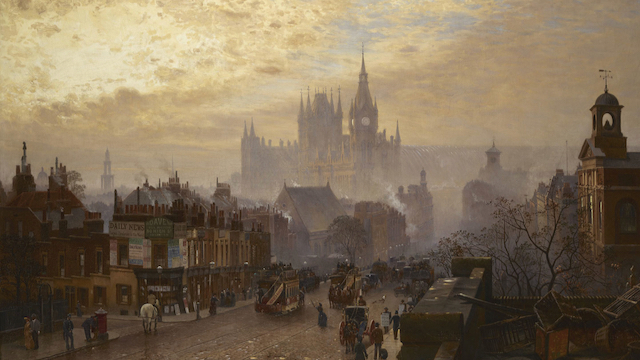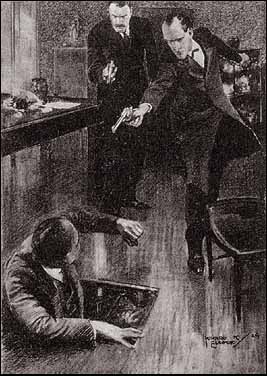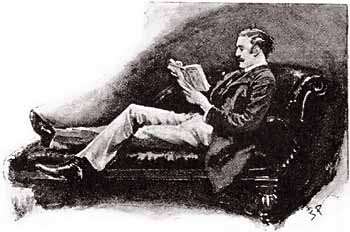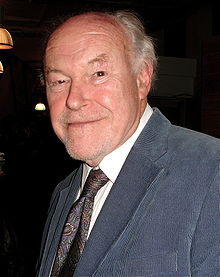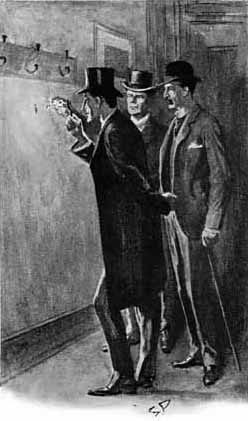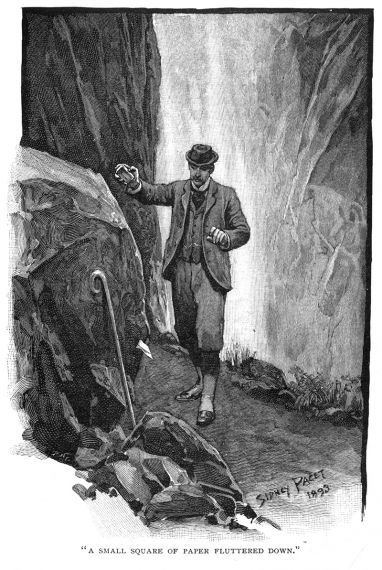This Saturday, at a very abnormal time for us, the John H. Watson Society will be joining in on the weekend festivities with a 2:30 PM EST Zoom gathering to celebrate the birthday of John’s best friend (and etc.) Sherlock Holmes. It’s a little hard to play “Pin The Tail On Holmes or Watson” on Zoom, even if they both identified themselves on the animal in question (Watson in “Reigate Squires,” Holmes in “Bruce-Partington Plans.”) but we’ll figure out something appropriate, especially if you help in the comments below.
When: Jan 15, 2022 01:30 PM Central Time (US and Canada)
Register in advance for this meeting:
https://us02web.zoom.us/meeting/register/tZcqduGoqzwrEtfhaa86i5ltHAcskecexI4F
After registering, you will receive a confirmation email containing information about joining the meeting.
